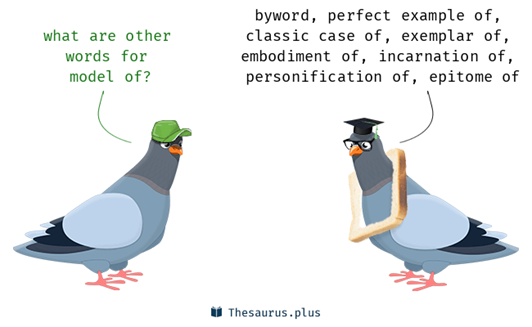Irina Schmid is Digital Collections Archivist for American University in Cairo

https://thesaurus.plus/synonyms/model_of
World Digital Preservation Day is a special day for us to celebrate. Digital preservation is not an easy program to start. Various technologies, a large number of files, not enough financial support, and sometimes just not knowing where to begin. Or it could be a desire for perfection that can halt an idea, without realizing that only imperfections and difficulties can initiate a preservation program. Adding coal to a firebox can start an engine, and at the American University in Cairo (AUC), we are using the same technique. Our small but solid steps act like coal igniting the preservation engine, which leads us to the destination.
How it started
Over a period of 18 years, AUC have advanced their digitization services through their scanning processes, which have created almost half million digital files. However, only 16% of files got metadata, enabling access through a searchable online digital library. 16% is a very small percentage, and probably could lead a digital archivist into despair. However, together with my team we have taken up this challenge with gusto. Our goal is to ensure that each scan is a living digital copy of the original, and digital information remains available for generations to come. This approach safeguards files making them usable over time, regardless of any changes in media and technologies.
How do we do that?
Before starting the whole process, in order to carry out preservation tasks, we were hit with very specific challenges that required changes, adequate resources, both technical and human, and much negotiation. Most files existed in various locations, but their descriptions were insufficient, with duplicates taking up storage space and poor file naming together with poor folder structures making searches difficult, and with unsupervised access bringing extra difficulties.
Step 1
Our first phase was to examine an ecosystem of hardware and software to be involved in the creation and saving of huge amounts of data. Our key requirement was to understand the characteristics of data creation processes, alongside data access and usability. The outcome has shown that processes were linked to the specific technologies and workflows that were employed in the past. That was understandable, as the main need was to form paths to the data. Our priority was to give faculty access to digitized sources for pedagogy, and for students to find and select appropriate scholarly materials online. By giving more digital data created from primary source material from various collections, professors can use this extra information in large lecture courses.
Step 2
In order to make changes and continue creating and expanding access to online material however, we needed to build a collaboration between creators, technologists and curators. The bringing together of interested parties was important in order to move towards the establishment of best practices and to put in place safeguarding measures for the care of digital assets.
Step 3
The next step was to establish a backup strategy so as to ensure the safekeeping of digital assets. Our archives were initially stored on server and hard disk drives. Despite backing up data on servers regularly, it was not tested, and thus unfortunately some files became corrupted. Furthermore, we needed separate master files (on servers) that had metadata, or were in preparation of receiving metadata, from the files that did not have a clear ownership or were created for a short use. These unclear files were moved to “Drobo” and clear ones were organised on servers and duplicates cleaned out. We also acquired “Synology” - “Drobo” and “Synology” are massive network data storage systems - where copies of new master files reside. This strategy provided us with the possibility to run ‘checksums’ and ‘fixity’ checks on files ‘living’ in “Synology” and record this activity. Also it allowed us to gain stronger control of files and to have two copies at different locations.
The Outcome
A combination of three steps helped us to create a digital roadmap. We might not yet have a professional digital preservation platform, but we have identified needs enabling us to find important local components for the building of long-term preservation of digital assets. Through digitization and thorough implementation of technological and metadata tools, we are now, more than ever before, able to ensure the survival of significant materials at AUC.
My team and I hope, that our story – which continues to evolve – will help organizations and institutions which are dealing with the problem of caring for digital assets. Disclosing this narrative shows that digital preservation does not need to be perfect, and that it is the small components that count. Challenges, internal mechanisms, their characteristics and dependencies, and their vulnerabilities can be transformed into various possibilities for the building of a base for digital preservation.
